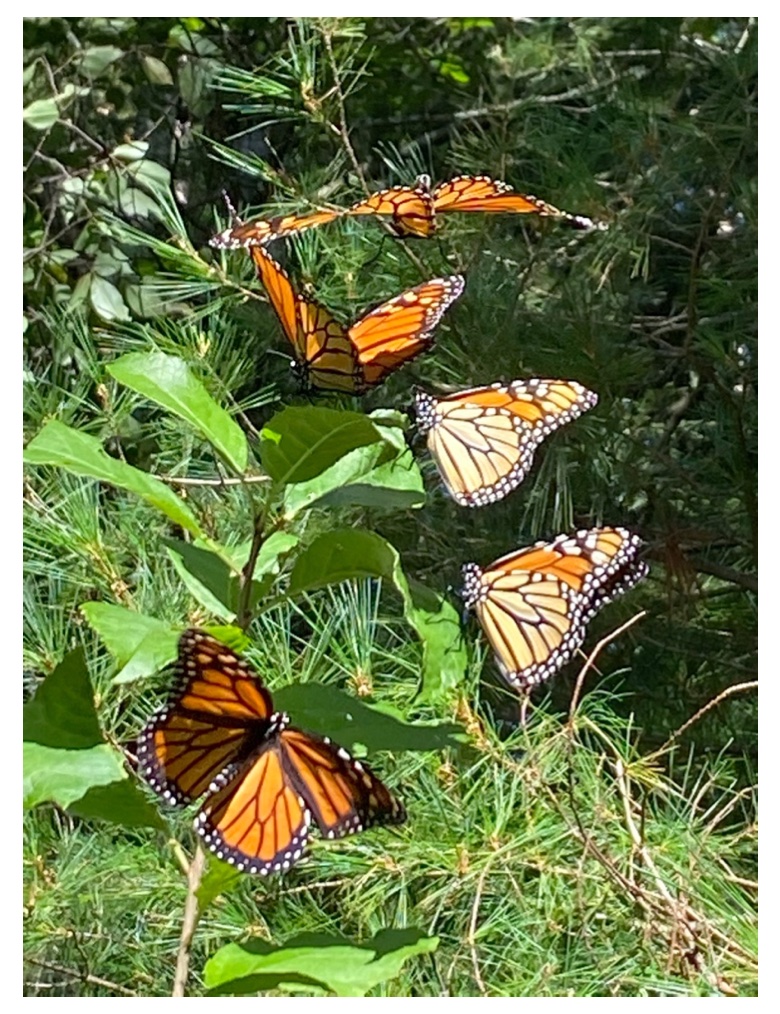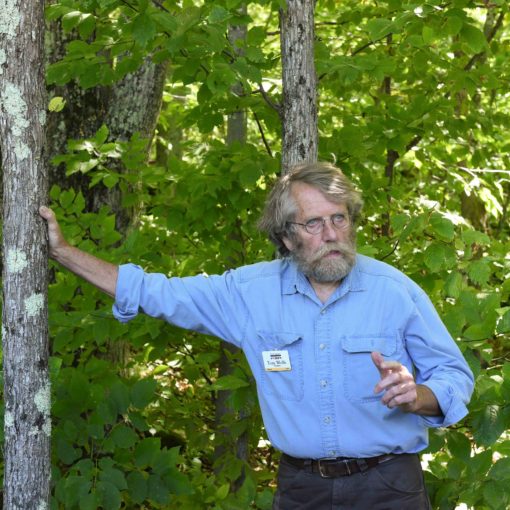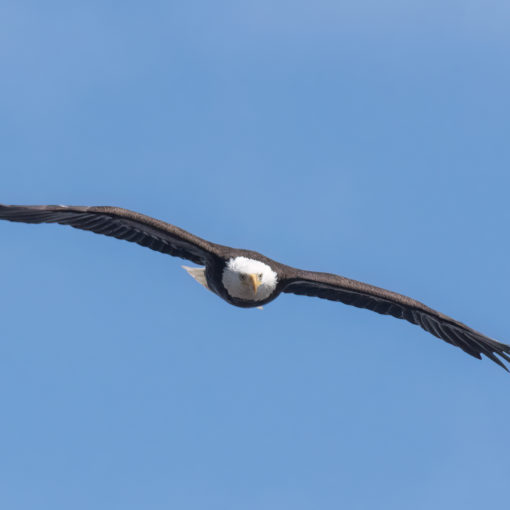Text and Media by Carol Ash, NWS Board
I find myself being more grateful every year that I was raised In Door County, just a short bike ride away from Newport State Park. Our large family spent Memorial Day and Labor Day picnicking with other local families at the shelter at parking lot three for all my childhood years. As I grew older, Europe Bay beach became a place of solitude and contemplation. I didn’t realize the affect the park had on me until years later when I brought my own children here for swimming, hiking, biking, exploring, and replenishing our spirits. It’s a gift I continue to be thankful for.
I also didn’t realize how fortunate I was to be raised where Monarch butterflies make their way through on their migration path. I grew up chasing Monarchs around our farm and breaking the stalks of milkweed to bring forth it’s “milk”. I never knew the intimate connection of Monarchs and milkweed until I reached adulthood. Once a friend was visiting and she was ecstatic to see her very first Monarch. I realized that I had taken for granted being surrounded by these beautiful butterflies most of my life.
Last year I was walking along Europe Bay beach. I was drawn to an opening at the forest’s edge where sunlight was pouring in. I walked up the sandy incline and as I approached, I noticed activity. There in the sunlight were dozens of Monarch butterflies flitting around. So many I couldn’t count. It was magical! I stood silently, captivated by it all. I had never seen so many in one place at a time! It felt surreal and heavenly.
I had the privilege of learning from park naturalist, Beth Bartoli, about the different stages of the eggs and caterpillars of the Monarch. I remember being in awe of the detail of that pale yellow egg as we looked under a magnifier on a milkweed leaf. The intricacy of that egg changed the way I look at Monarchs and their beginnings. The beauty we are surrounded by is only beautiful if we take the time to listen and observe.
Here are a few interesting facts about Monarchs:
- The female Monarch lays up to 400 eggs over a 2-5 week period.
- Only 5% of butterfly eggs make it to adulthood.
- In Wisconsin, Monarchs are here from mid-May until the end of October.
- The Monarch migration path to Mexico can be anywhere between 2000-3000 miles!




